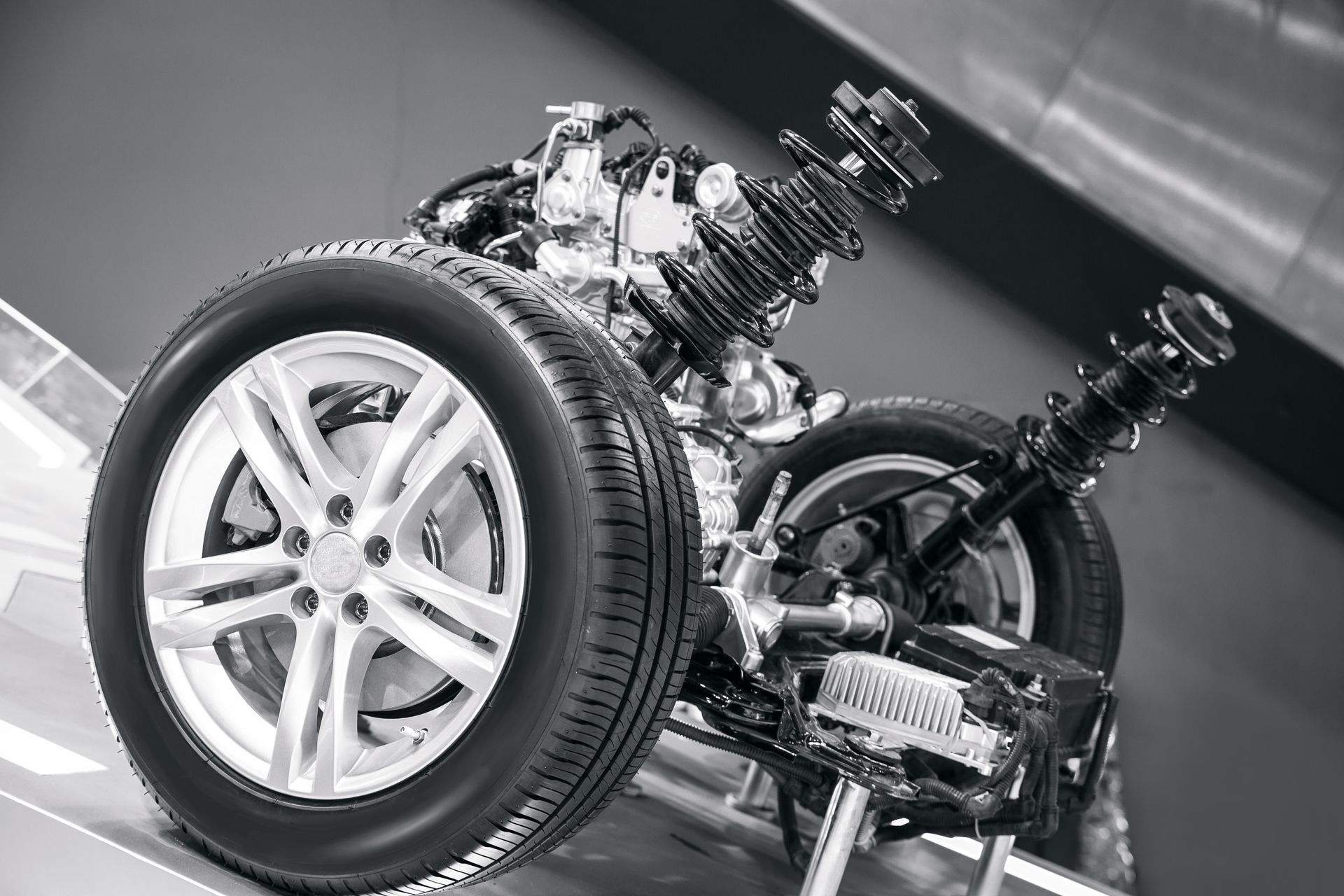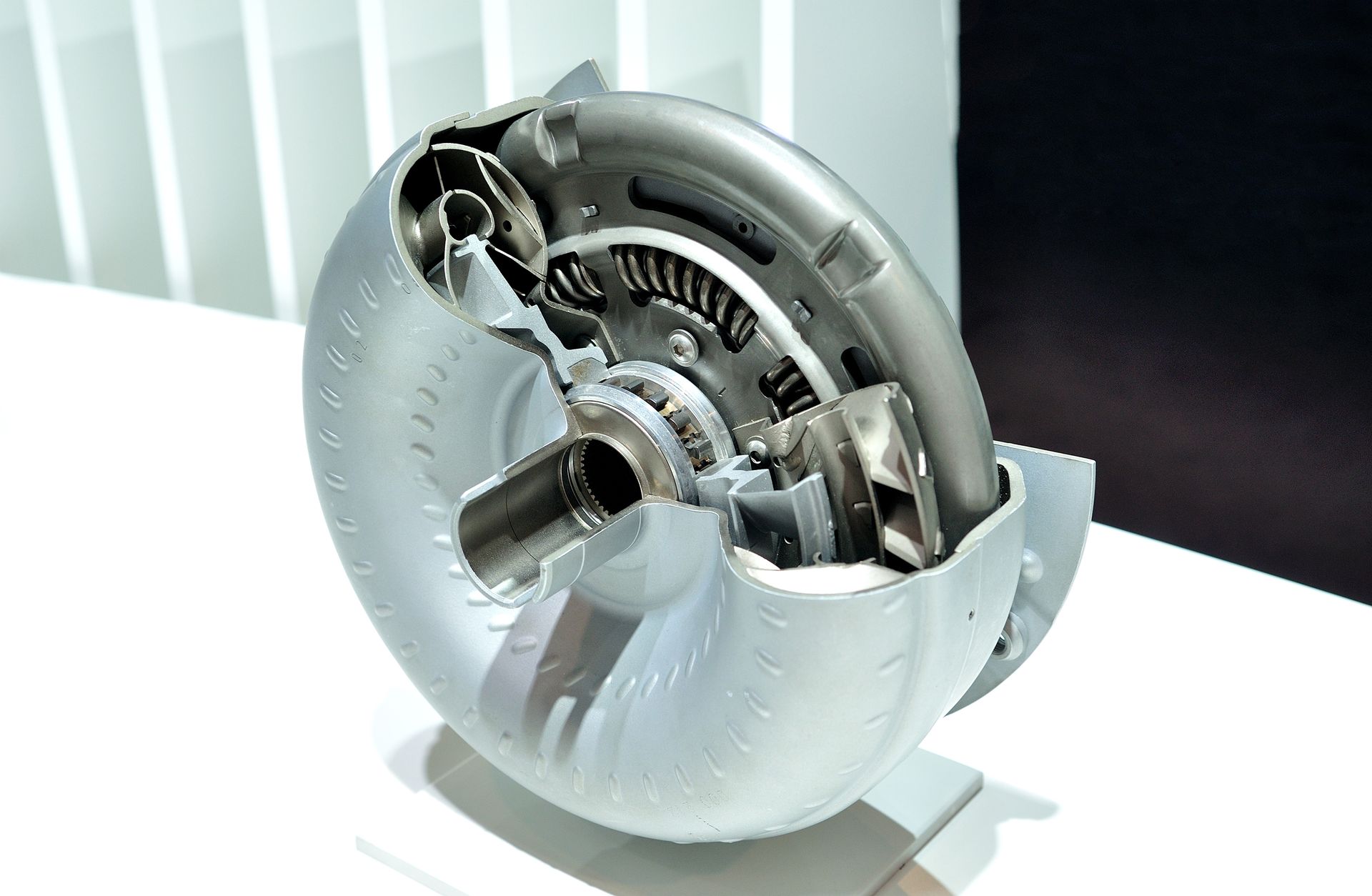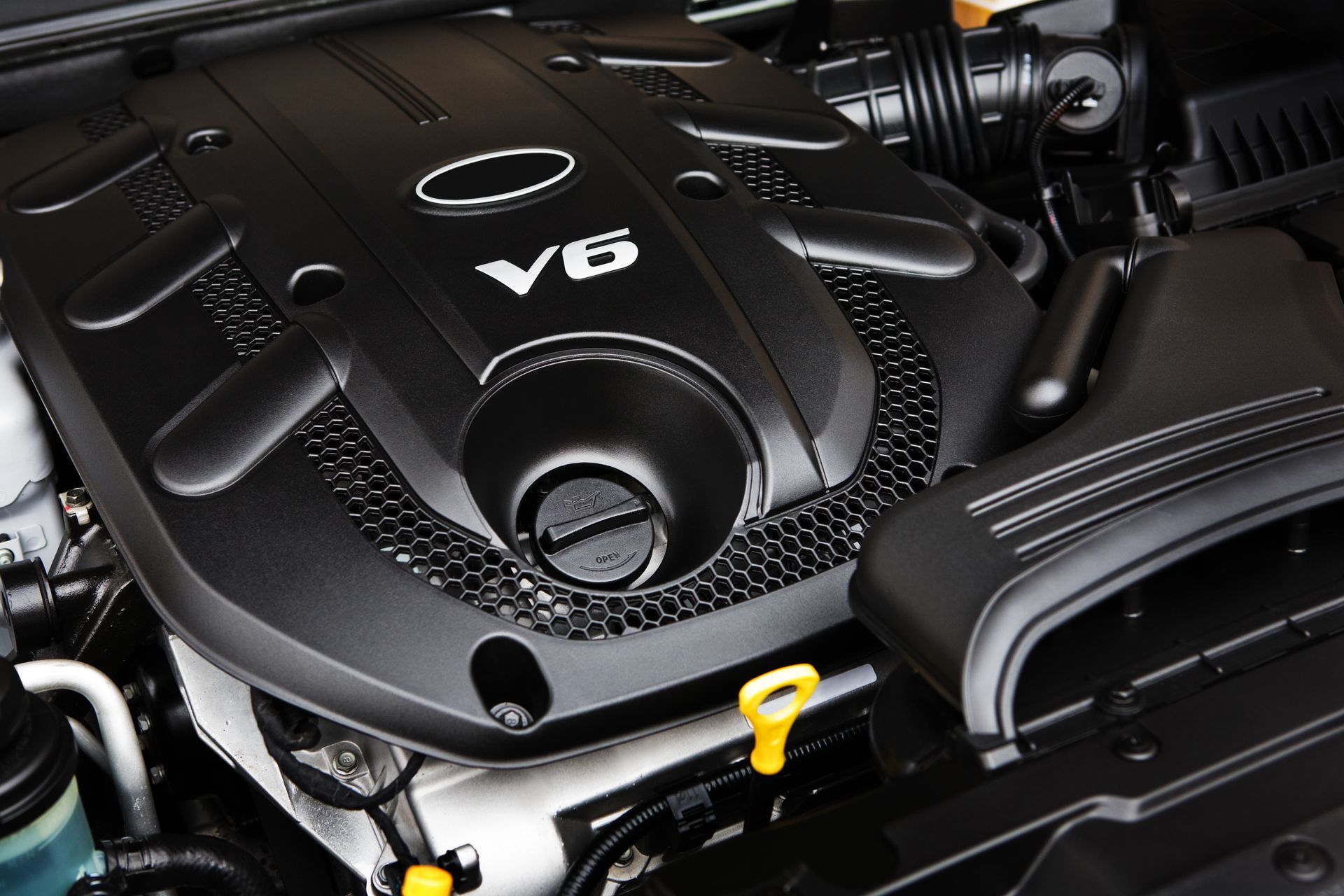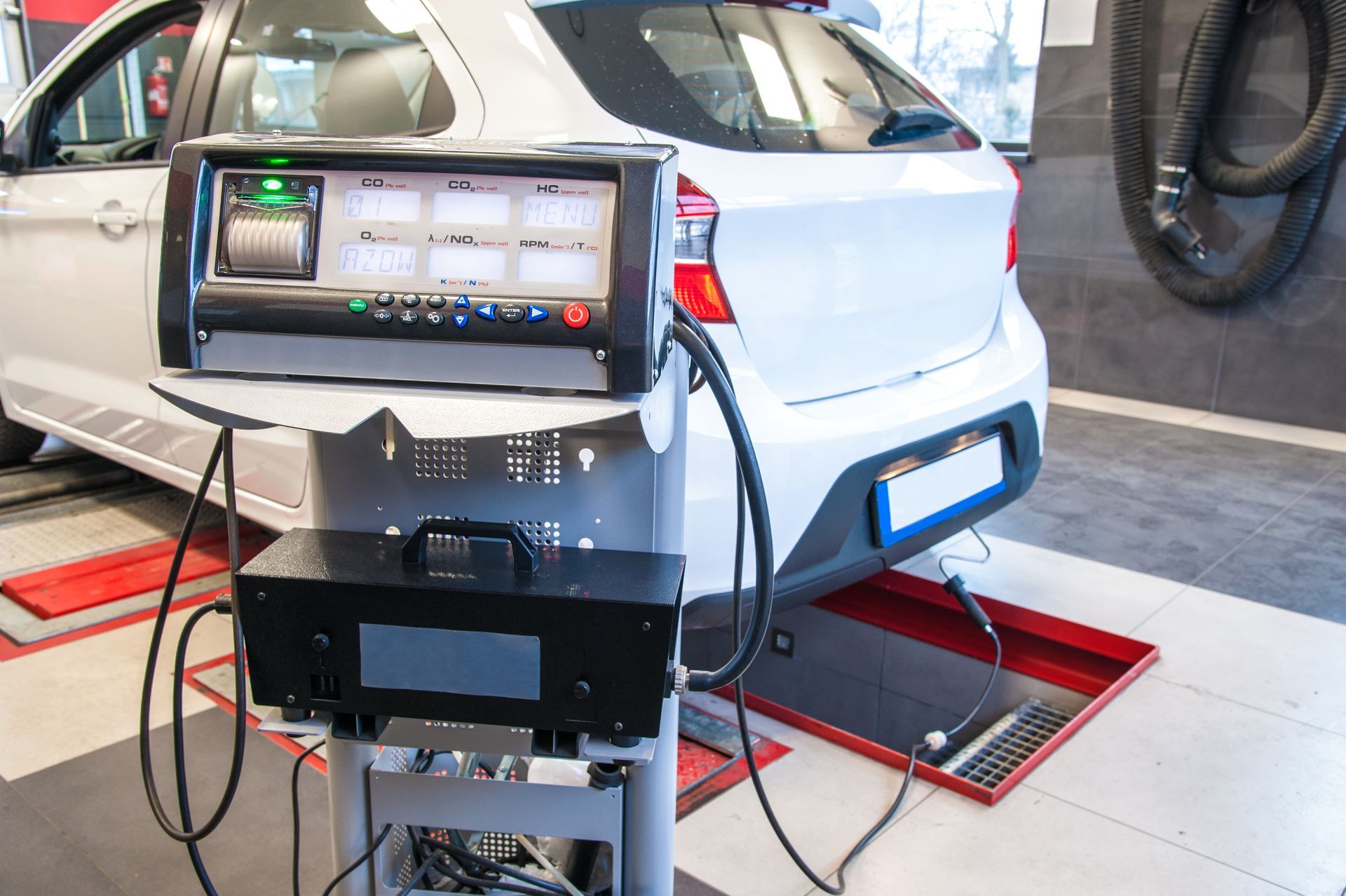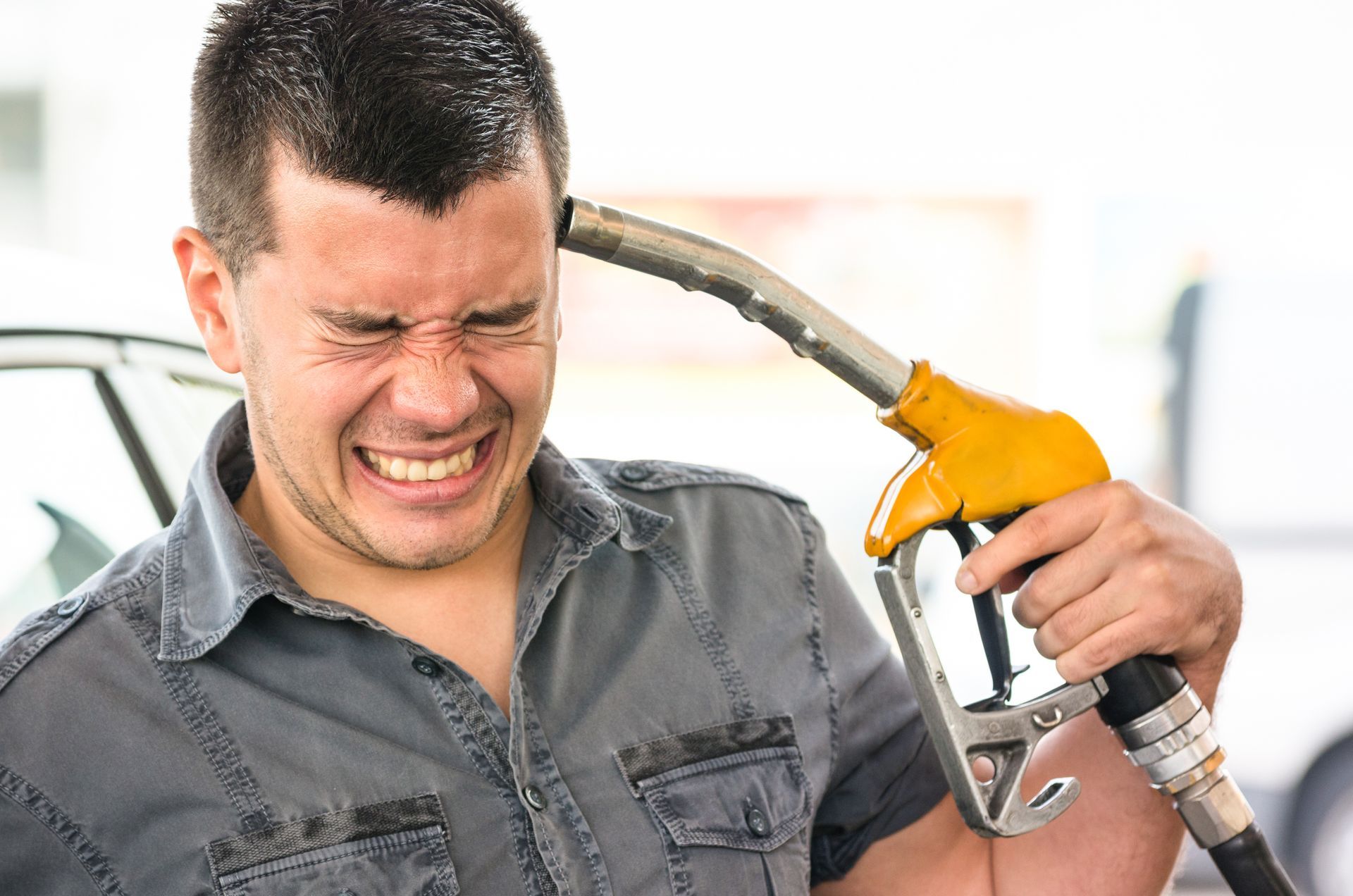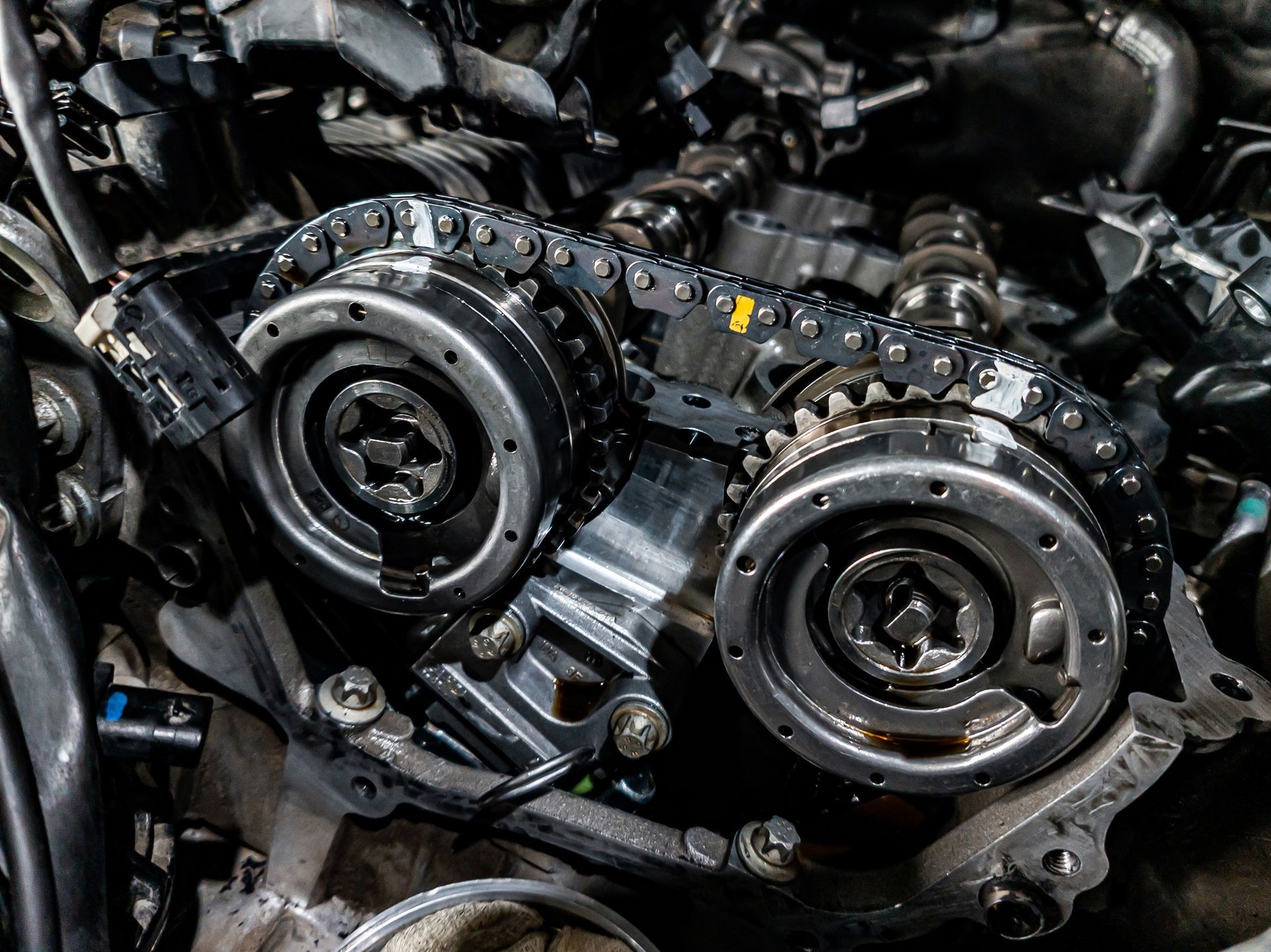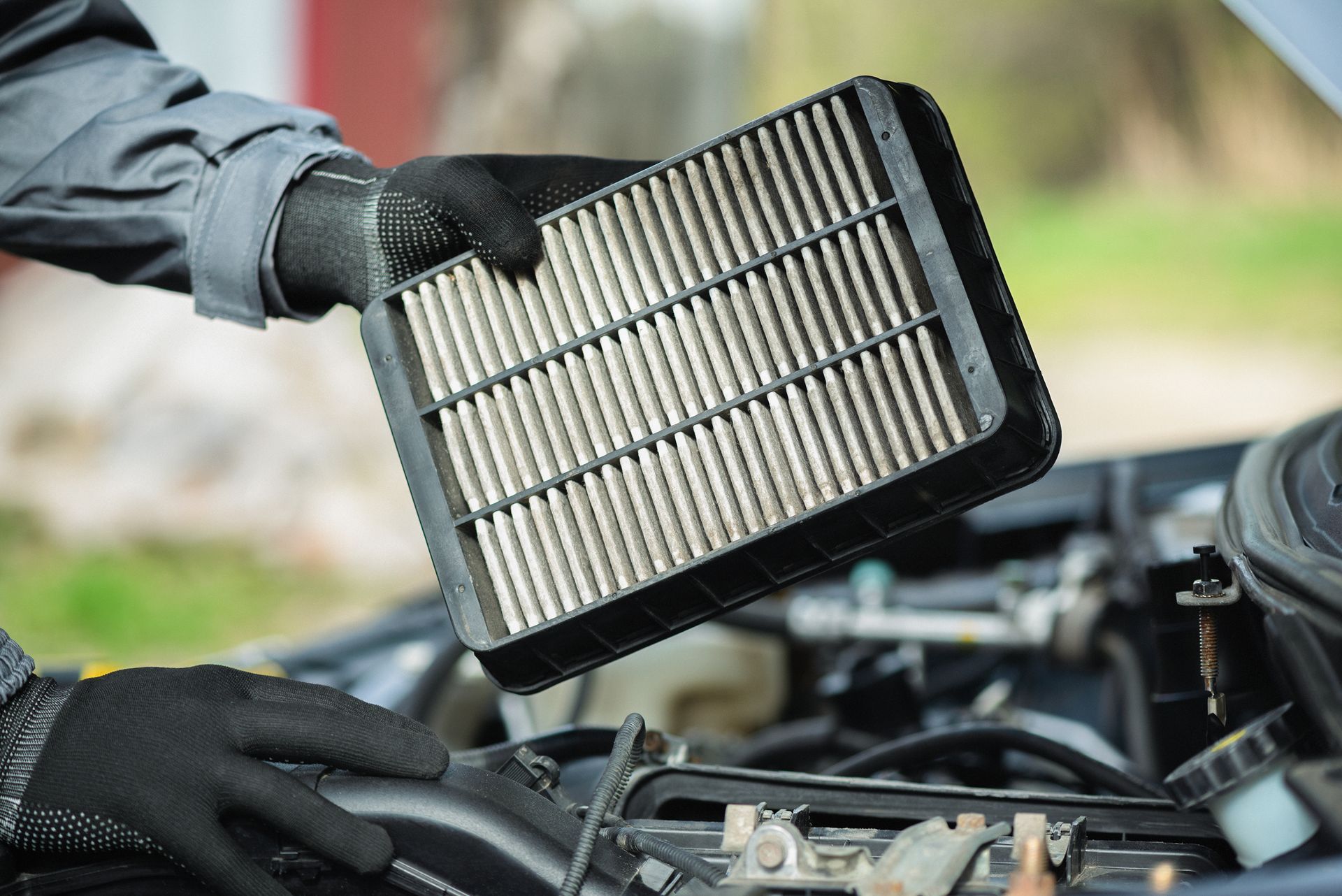Your brake pads are one of the most important parts of your car’s safety system. They provide the friction needed to slow or stop your vehicle, and over time, they wear down from regular use. Driving with worn brake pads doesn’t just make stopping more difficult, it can also lead to expensive repairs and dangerous situations.
How Brake Pads Work
When you press the brake pedal, the calipers squeeze the brake pads against the spinning rotors. This friction slows the wheels and brings your vehicle to a stop. Brake pads are made from materials designed to handle high heat and constant pressure, but they gradually thin with each use.
Signs Your Brake Pads Are Worn
Recognizing the early signs of brake pad wear can help you avoid serious problems:
- Squealing or squeaking noises when braking
- A grinding sound, which may mean the pads are completely worn down
- Increased stopping distances
- A brake warning light on your dashboard
- Vibration or pulsation in the brake pedal
If you notice any of these symptoms, it’s time to have your brakes inspected.
The Risks of Waiting Too Long
Driving on worn brake pads can cause more than just poor braking performance. Without enough pad material, the metal backing plate makes direct contact with the rotor. This metal-on-metal friction can warp or deeply score the rotor’s surface, often requiring expensive replacements. It can also strain other brake system components, such as calipers, which may then fail prematurely.
Safety Concerns for You and Others
Worn brake pads increase your stopping distance, which means you’ll need more space to avoid an accident. In emergencies, that extra fraction of a second could be the difference between stopping safely and a collision. Driving with compromised braking power puts you, your passengers, and everyone else on the road at risk.
How Brake Pad Material Affects Wear
Brake pads come in several types—ceramic, semi-metallic, and organic. Ceramic pads generally last longer and are quieter, while semi-metallic pads provide excellent stopping power but tend to wear faster. The type you have, along with your driving habits, will affect how quickly they wear out. City driving, stop-and-go traffic, and frequent heavy braking will shorten brake pad life.
Why Routine Inspections Are So Important
It’s not always easy to see how much brake pad material is left without removing the wheel. That’s why regular brake inspections are important. Technicians can measure pad thickness and check for uneven wear, letting you know when it’s time for replacement before you start hearing warning noises.
Save Money by Replacing Pads Early
Replacing brake pads before they wear down completely is far less expensive than replacing pads, rotors, and calipers together. Preventive maintenance saves money, reduces downtime, and ensures your vehicle remains safe to drive.
Keep Your Brakes in Top Shape
At
The Haus Auto in Sherman Oaks and Santa Monica, CA, our team can inspect your brake system, replace worn pads, and check all related components to make sure you can stop confidently in any situation. Don’t wait for grinding noises or reduced stopping power—schedule a brake inspection today and keep your vehicle safe on the road.

